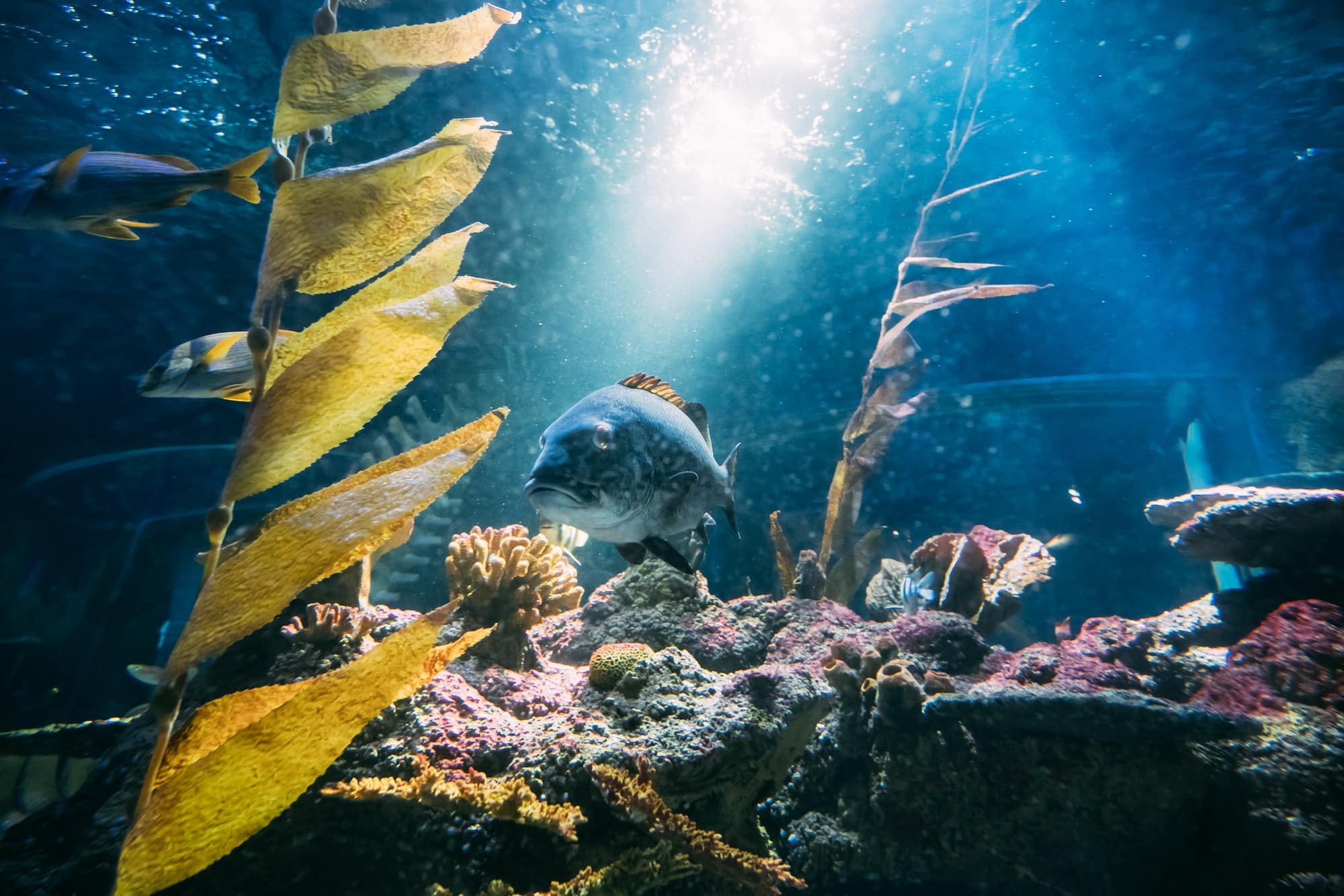What Are the Best Practices for Keeping Aquarium Water Crystal Clear Without Harmful Chemicals?

There’s nothing quite like the sight of a pristine, well-maintained aquarium. The vibrant colors of the fish, the intricacy of the aquatic plants, and the gentle hum of the pump can create a calming atmosphere in any room. However, achieving that crystal clear water without the use of harmful chemicals can be challenging. Fear not, aquarium enthusiasts! We’re here to guide you through the best practices for keeping your aquarium water sparkling clean while also ensuring a healthy environment for your fish and plants.
The Importance of Regular Water Changes
The starting point for maintaining a healthy aquarium is regular water changes. Frequent water changes help to remove harmful substances, such as nitrate and phosphate, which can build up over time and make the water appear cloudy.
A découvrir également : How to Create an Engaging and Safe Environment for a Pet Bird in an Aviary?
Unlike tap water, which contains chlorine and other chemicals that can be harmful to fish, it’s better to use distilled or pre-treated water for your aquarium. A good rule of thumb is to change about 10-20% of the water every week. This helps dilute harmful substances while also replenishing essential minerals and nutrients. And don’t forget to match the temperature of the new water with that of the aquarium to prevent shocking the fish.
One simple yet effective method is to use a siphon or gravel vacuum to remove water directly from the substrate. This not only helps remove water but also detritus and uneaten food that can decompose and pollute the aquarium.
Sujet a lire : What’s the Most Effective Way to Clean and Sanitize Pet Toys and Accessories?
Employ the Right Filtration Systems
Choosing the right filtration system is critical in keeping your aquarium water clean and clear. There are three types of filtration: mechanical, chemical, and biological. A good aquarium filter should cover all these three bases.
Mechanical filtration is the process of removing particulate matter from the water, such as plant debris, leftover fish food, and fish waste. Sponge filters and canister filters are examples of mechanical filters. They physically trap these particles, preventing them from clouding your tank water.
Chemical filtration, on the other hand, deals with removing dissolved wastes from the water. Activated carbon is a popular choice for chemical filtration as it absorbs many harmful substances like chlorine, tannins, and certain metals.
Lastly, biological filtration is the process in which beneficial bacteria break down harmful ammonia and nitrites produced by fish waste into less harmful nitrates. This is usually achieved through bio-filters or sponge filters which provide an excellent environment for these bacteria to grow.
Remember that over-cleaning or replacing your filter media can eliminate beneficial bacteria, leading to a spike in toxin levels. Therefore, rinse your filter media in the water you remove during your water changes to preserve these essential microorganisms.
Use of Live Plants
Introducing live plants into your aquarium is not only aesthetically pleasing but also plays a significant role in maintaining clear water. They absorb harmful chemicals like nitrates and phosphates and convert carbon dioxide into oxygen, contributing to a healthier tank environment.
Plants such as Java moss, Vallisneria, and Amazon Sword are excellent choices for aquariums. They are hardy, require low light, and can adapt to a variety of water conditions.
In addition, the roots of these plants help stabilize the substrate and prevent it from becoming a cloud of debris whenever your fish move around. Just ensure that you prune your plants regularly to keep them from overcrowding your tank and blocking light for smaller plants.
Proper Feeding Practices
Overfeeding your fish can lead to numerous problems, including cloudy water and poor water quality. Uneaten food can decay, producing ammonia, nitrites, and other harmful substances.
Feed your fish with only what they can consume within a few minutes. Also, consider the type of food you’re giving your fish. High-grade fish food tends to produce less waste than cheaper alternatives.
Setting the Right Tank Conditions
Keeping an eye on the conditions inside your tank is essential. Regularly check the temperature, pH, hardness and alkalinity levels to ensure they are within the appropriate range for your specific fish species.
Remember that sudden changes can cause stress to your fish and make them more susceptible to diseases. Therefore, it’s advisable to invest in a good quality water test kit and thermometer to accurately monitor these parameters.
So, the secret to maintaining crystal clear aquarium water without resorting to harmful chemicals is a combination of regular water changes, the right filtration system, the use of live plants, proper feeding and ensuring the right tank conditions. With these practices, you’re on the right path to a healthy, vibrant aquarium that’s a joy to behold.
Using UV Sterilizers and Protein Skimmers
UV Sterilizers and protein skimmers are advanced tools utilized in maintaining a crystal-clear aquarium. When used properly, they can significantly enhance the health and appearance of your aquatic environment without resorting to harmful chemicals.
UV Sterilizers are devices that use ultraviolet light to neutralize harmful microorganisms in the aquarium water. They effectively control algae blooms that can make your water look green and cloudy. Moreover, UV Sterilizers can effectively eradicate harmful bacteria and parasites, contributing to a healthier environment for your fish.
However, it’s crucial to note that a UV Sterilizer does not replace the need for a good filtration system or regular water changes. Instead, it works in conjunction with these practices to achieve the best results. When selecting a UV Sterilizer, consider the size of your aquarium and the flow rate of the device for optimal efficiency.
Protein Skimmers, on the other hand, are primarily used in saltwater tanks. These devices work by producing fine bubbles that attract and remove organic compounds, including proteins and other waste materials. The elimination of these substances helps in preventing the growth of harmful bacteria and algae, resulting in clear and clean water.
To make the most out of a protein skimmer, it should be appropriately sized for your aquarium and cleaned regularly. Keep in mind that a protein skimmer might not be necessary for freshwater tanks, but they can be beneficial for large, heavily stocked saltwater tanks.
Conclusion
Maintaining a crystal clear aquarium without using harmful chemicals is not only achievable but also beneficial for the health of your aquatic pets. Regular water changes, employing the right filtration system, the use of live plants, proper feeding practices, setting the right tank conditions, and utilizing advanced tools like UV Sterilizers and protein skimmers are all key in achieving this objective.
Remember, the goal is to mimic the natural ecosystem as closely as possible. It’s about creating a balance that encourages healthy growth and minimizes the build-up of harmful substances. It may take a bit of trial and error to find what works best for your specific setup, but the effort is definitely worth it.
Investing time and effort into these practices ensures a vibrant, healthy, and visually appealing aquarium. More importantly, it contributes to the well-being of your aquatic friends, making your aquarium hobby more enjoyable and rewarding. So, arm yourself with the right knowledge, implement these best practices, and watch your aquarium thrive.
